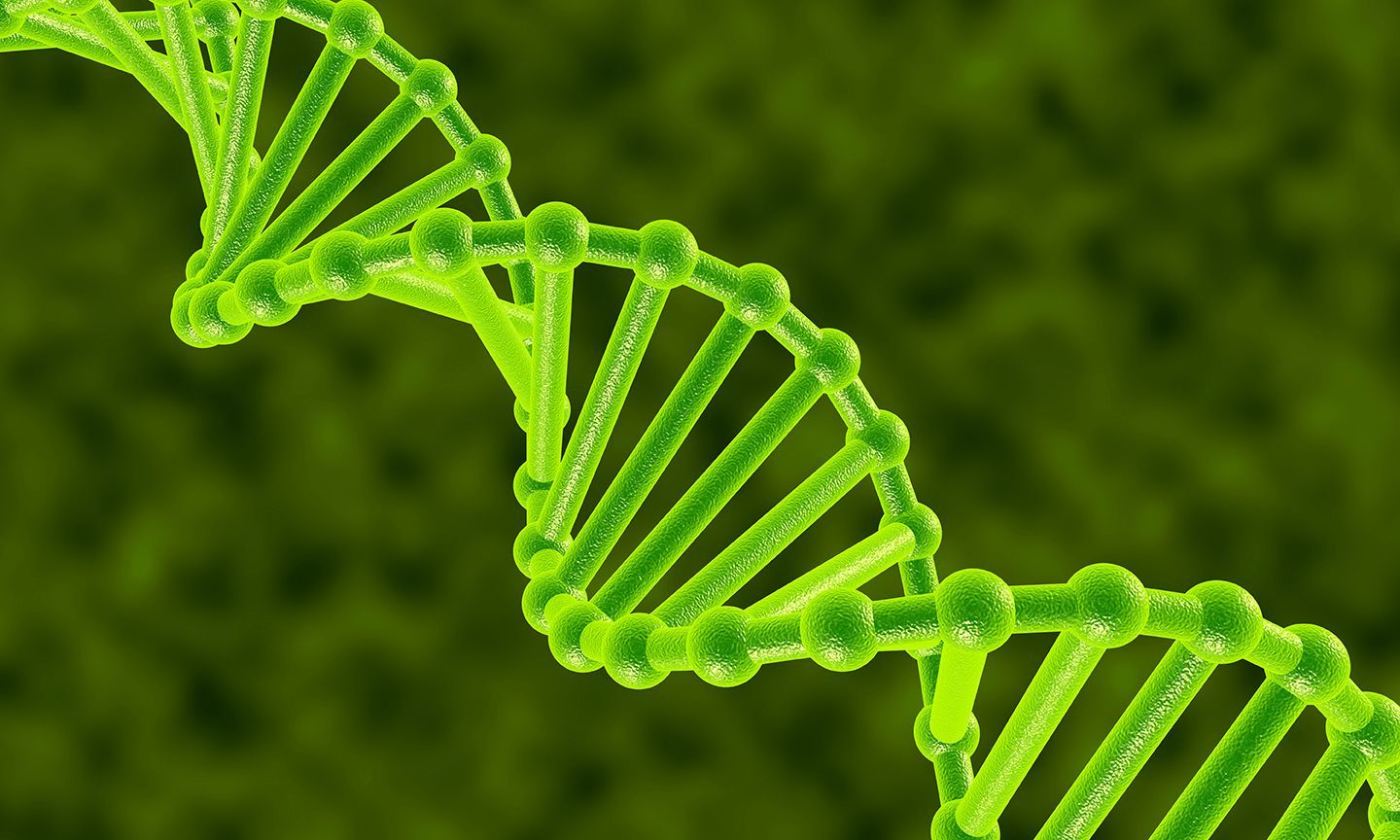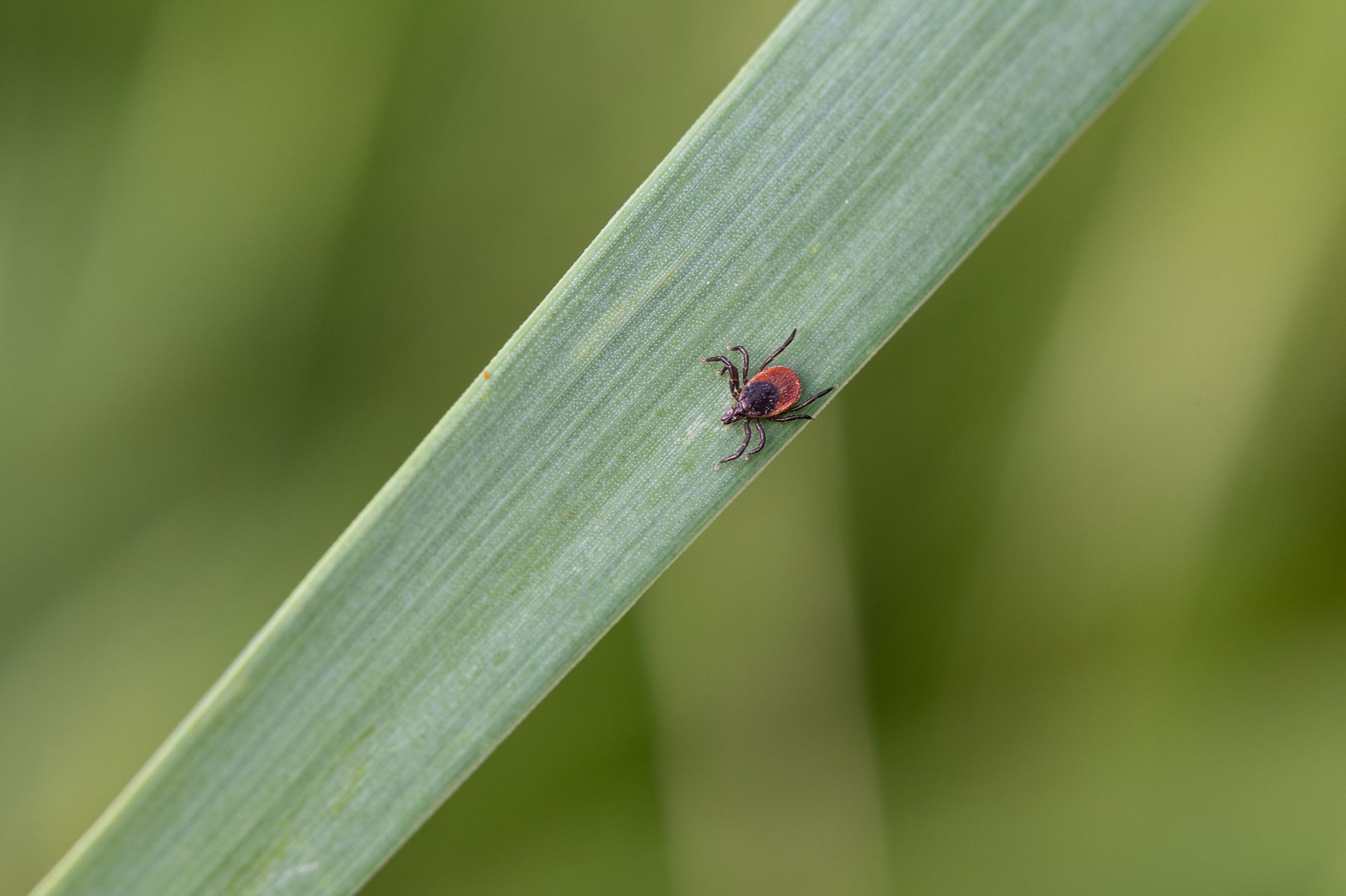Functional Genomics

Functional genomics refers to how the information contained in our DNA is read and acted upon. Evaluating how each person’s unique genome functions can allow us to understand symptoms and disease processes, and personalize care accordingly. The study of functional genomics is evolving rapidly. Environmental and lifestyle factors such as sunlight exposure, the air we breathe, the water we drink, the food we eat, the chemicals we are exposed to in personal care products, cleaning products and even some working environments, can all affect genetic expression along with a whole host of other factors.
During conception when the sperm and egg come together, half the genetic code from each parent is passed down to the child in the form of chromosomes. Each chromosome carries hundreds to thousands of genes. Genes code for proteins and enzymes that allow us to take food, water, oxygen and sunlight to run all of the biochemical reactions that allow our bodies to function. When these reactions are disrupted or dys-regulated, symptoms and disease can result.
We know that humans are 99.9% genetically identical to each other, so how significant is that 0.1% difference when it comes to health? The more we learn about the human genome, the more we realize that it can make quite a difference with regard to disease susceptibility. An extreme example of this that we are all familiar with is trisomy 21, more commonly known as Down’s Syndrome, where an extra copy of chromosome 21 is inserted into the genome. These individuals are often born with characteristic facial features, developmental delays, congenital heart defects and other abnormalities.
Genetic variation refers to changes in DNA sequencing. These variants can cause a gene to be more active, less active, or to have no real significant effect at all. Another important factor is whether that variant is homozygous or heterozygous. Homozygous refers to both parents donating the variated gene while heterozygous variants result when one parent passes on the genetic variant. Heterozygous gene activity can be 70 to 80 percent of normal (wild type), whereas homozygous variants can have as little as 30 percent activity. There are exceptions to this such as when there is an up-regulation or “gain of function” variant where the activity of the gene is increased beyond what is considered “normal.’
Genetic variants can also explain why some people have symptoms and disease, while others do not. For example, the ABP1 and HNMT genes create enzymes that break down a chemical in our body called histamine. Histamine is released by the immune system in response to foreign toxins, pathogens and/or allergens. Exposure to mold, extremes of temperature, Lyme disease, the Lyme co-infections, pesticides and plastics can all trigger histamine release. Also, eating certain foods such as bananas, avocados, fermented and packaged/processed foods which contain high amounts of histamine can sometimes be problematic for those with these genetic variants. If we are unable to break down histamine efficiently it sets us up for excess inflammation which we know contributes to ill health and disease. High histamine is implicated in allergies, anxiety, insomnia, headaches, migraines, brain fog, skin rashes, dizziness, IBS, diarrhea, constipation, nausea, bloating and painful menstrual periods. Knowledge of a genetic susceptibility to high histamine allows for the opportunity to be more intentional with dietary and lifestyle choices, as well as supplementation with specific nutrients, to help the body better break down histamine.
Another gene that has the potential for impact on one's day-to-day life is the CYP1A2 gene. This gene is responsible for greater than 95% of the metabolism of caffeine. Variations in this gene offer an explanation as to why some people tolerate caffeine better than others. Individuals with certain homozygous variants metabolize caffeine much slower. It has been hypothesized that the half-life (the time it takes for half of the substance to be eliminated from the body) of caffeine in these individuals can be up to 9.5 hours! This could explain why some people can’t sleep even though their last cup of coffee was at 10:00 AM. Half of the caffeine they ingested is still in their system at 8 pm…
The interplay between lifestyle, environment and genes is called epigenetics. Epigenetics affects the way genes are expressed WITHOUT changing DNA sequencing. Epigenetic factors include things like sleep, stress, exercise/movement, diet, exposure to pathogens and toxins, as well as drugs, supplements and over the counter medications. Many claim that stress is worse than smoking a pack of cigarettes per day when it comes to health so it is essential that we all develop stress management strategies to mitigate this factor. Many human diseases such as cancer, neurodegenerative diseases, autoimmune illness and some psychiatric/mental disorders can be triggered by some of the choices we make in how we choose to live our lives. Genes provide POTENTIAL for disease but they are NOT our destiny. The environment in which our genes “live” determines whether a gene gets turned on or stays off. With this information we realize that we have a lot more control over our health based on the daily lifestyle choices that we make.



